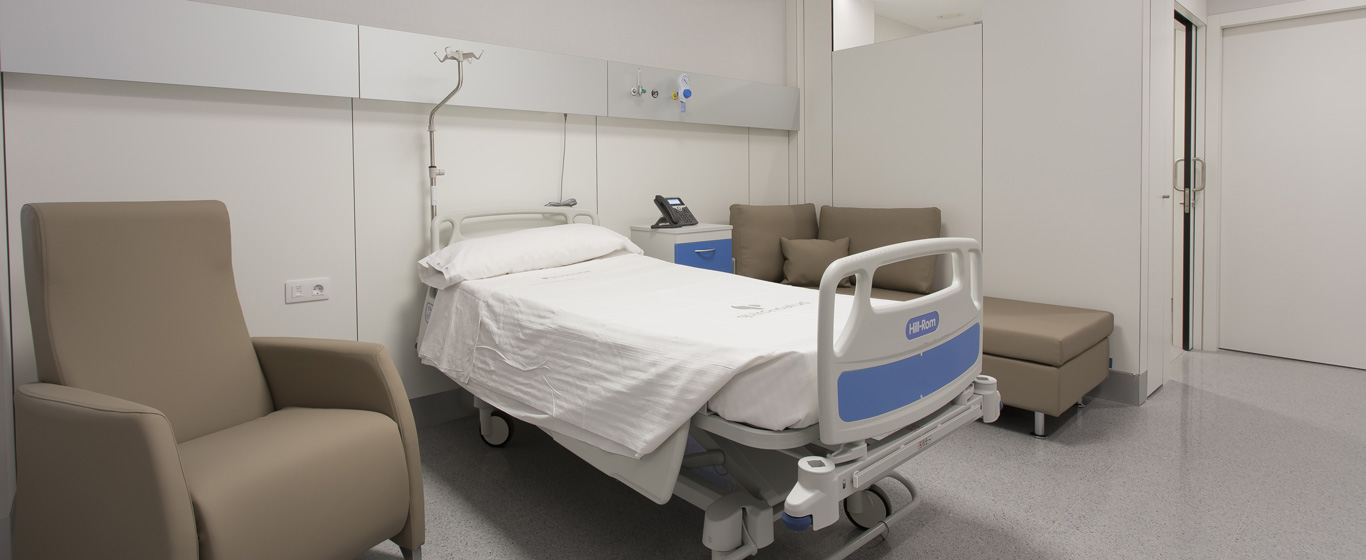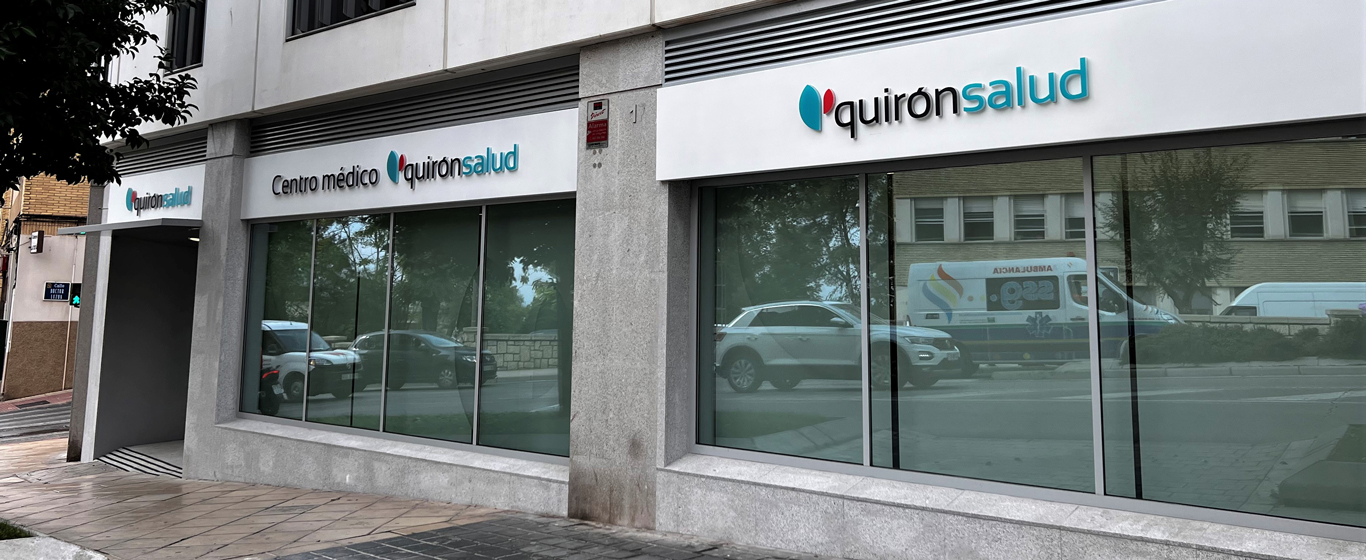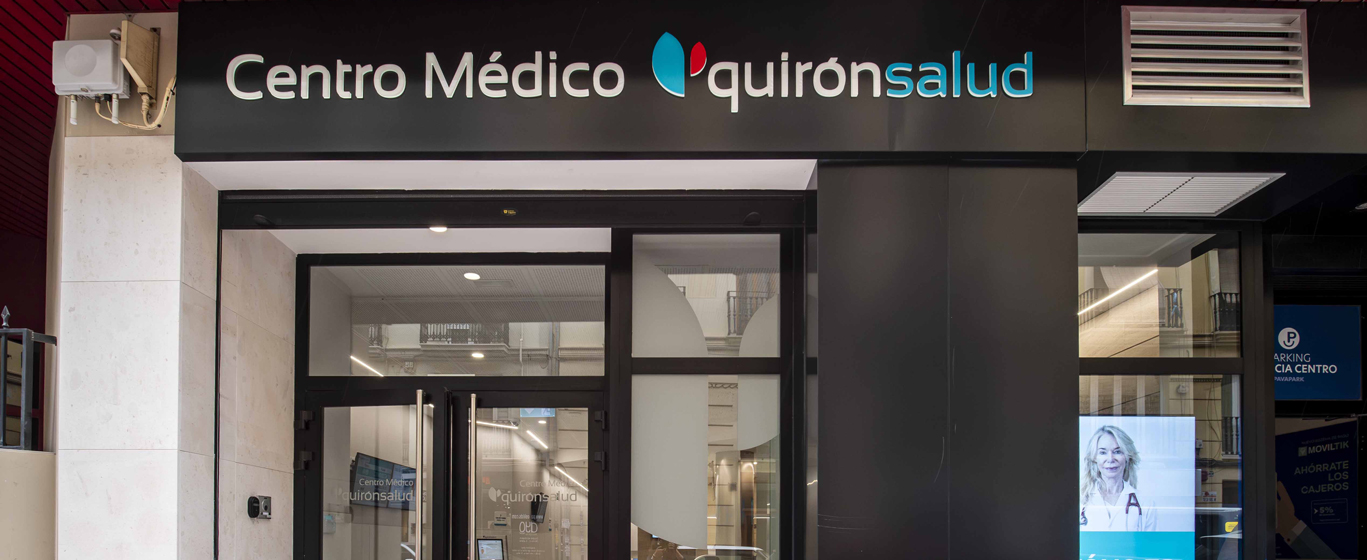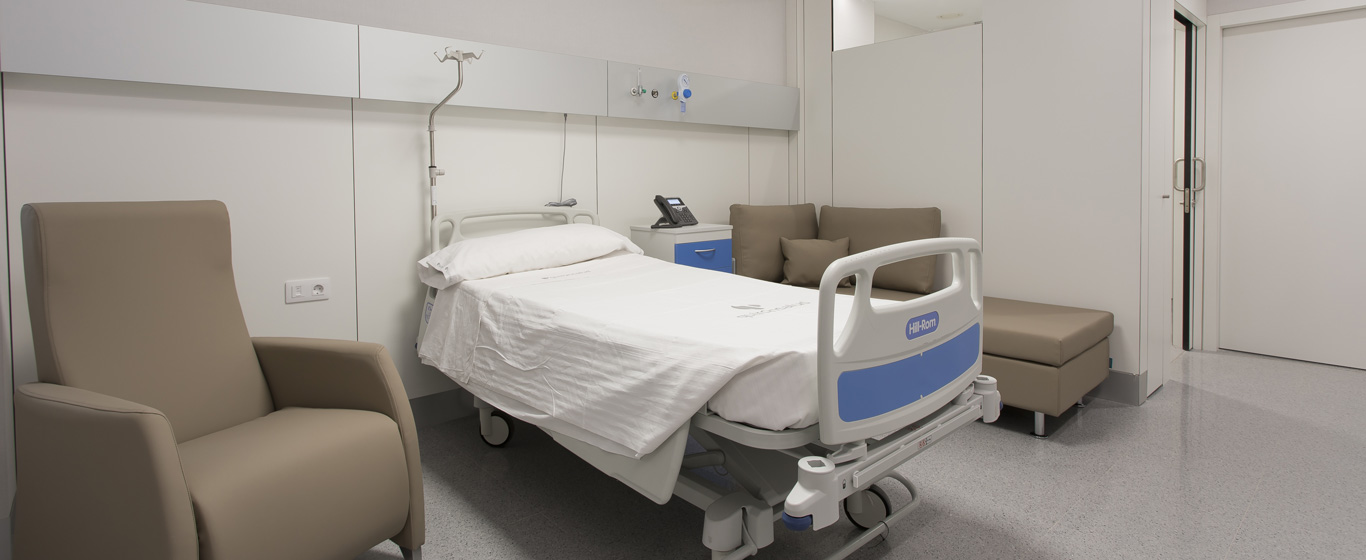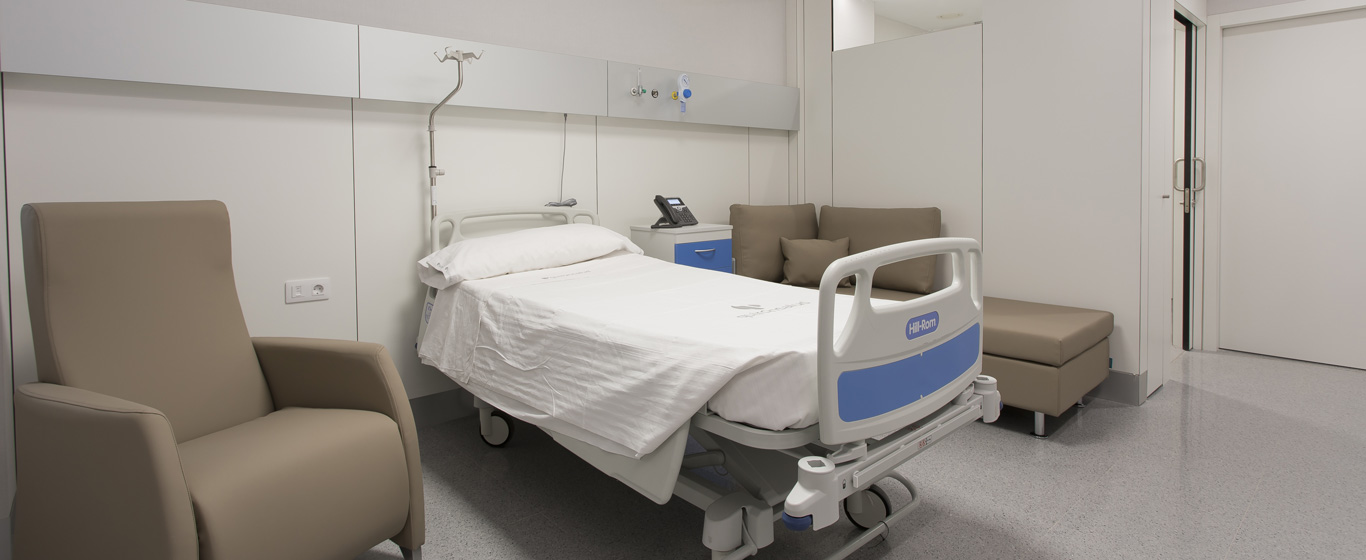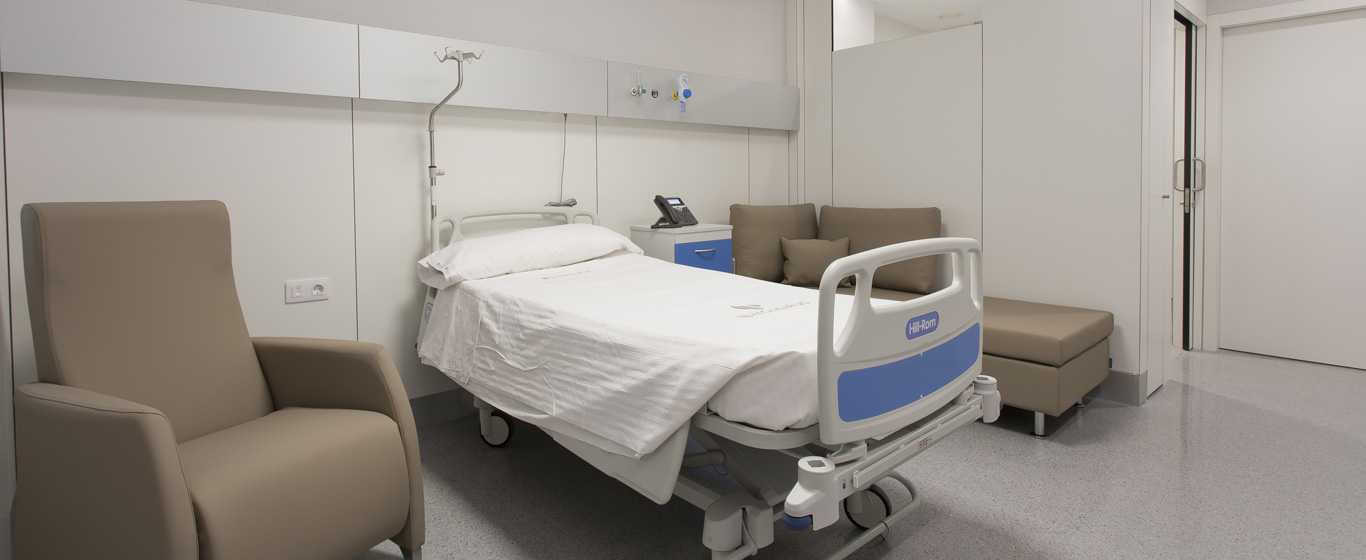Hyperopia
How does a person with hyperopia see? Learn everything about the causes, symptoms, and best treatments for this refractive error.
Symptoms and Causes
Hyperopia is a refractive error that results in blurred vision of nearby objects. Generally, it manifests as uncomfortable and unclear near vision. Typically, babies are born with hyperopia (known as physiological hyperopia), which corrects itself as they grow. Abnormal eye development can lead to adults retaining this refractive defect.
Depending on the severity of this refractive error, hyperopia is classified into three types:
- Mild hyperopia: between one and three diopters.
- Moderate hyperopia: between three and six diopters.
- High hyperopia: more than six diopters.
In some cases, especially when hyperopia is severe, difficulty distinguishing distant objects may also occur. When hyperopia is mild, the eye muscles accommodate to correct vision without the need for treatment. Over time, this ability diminishes, making treatment necessary to see clearly up close.
It is important to differentiate hyperopia, which can occur in young individuals, from presbyopia, which is a natural consequence of aging eyes.
Symptoms
The most common symptoms of hyperopia include:
- Blurred vision of nearby objects.
- Occasionally, difficulty distinguishing distant objects.
- Headache.
- Eye strain.
- Eye redness and itching.
Causes
Hyperopia is caused by an error in the convergence of the crystalline lens, which results in images being focused behind the retina instead of directly on it, as they should be. There are different causes for this refractive defect, categorized into three types:
- Simple hyperopia: The eye is smaller than normal.
- Compound hyperopia: The eye is short, and the cornea is flatter than it should be.
- Mixed hyperopia: The eye is longer than usual and the cornea is flat, or the eye is shorter than normal and the cornea has more curvature than expected.
Risk Factors
The primary risk factor for hyperopia is a family history of the condition, as it has a genetic component.
Complications
If hyperopia is not properly managed, other eye problems such as strabismus or amblyopia (lazy eye) may develop. Therefore, regular eye exams with an ophthalmologist are recommended.
Prevention
Hyperopia cannot be prevented. However, certain guidelines can help prevent it from worsening:
- Have regular eye exams.
- Prevent dry eyes by using artificial tears.
- Protect the eyes by wearing sunglasses, swimming goggles, or safety glasses when engaging in sports or risky activities.
- Maintain a healthy lifestyle.
Which Doctor Treats Hyperopia?
Ophthalmologists diagnose and treat hyperopia. Pediatricians and family doctors can also detect it during their consultations.
Diagnosis
Hyperopia can be diagnosed with a basic eye exam. Routine check-ups typically include a refraction assessment, which easily detects this type of visual alteration.
Treatment
Currently, various treatments for hyperopia are available to meet the specific needs of patients:
- Prescription glasses with converging lenses: Help focus images directly onto the retina.
- Prescription contact lenses: Also ensure that light is correctly focused on the retina while providing a wider field of vision.
- Laser or photorefractive surgery: A procedure that permanently corrects the corneal curvature. Depending on the eye's characteristics, the epithelium is either completely removed or only temporarily displaced during the surgery.







